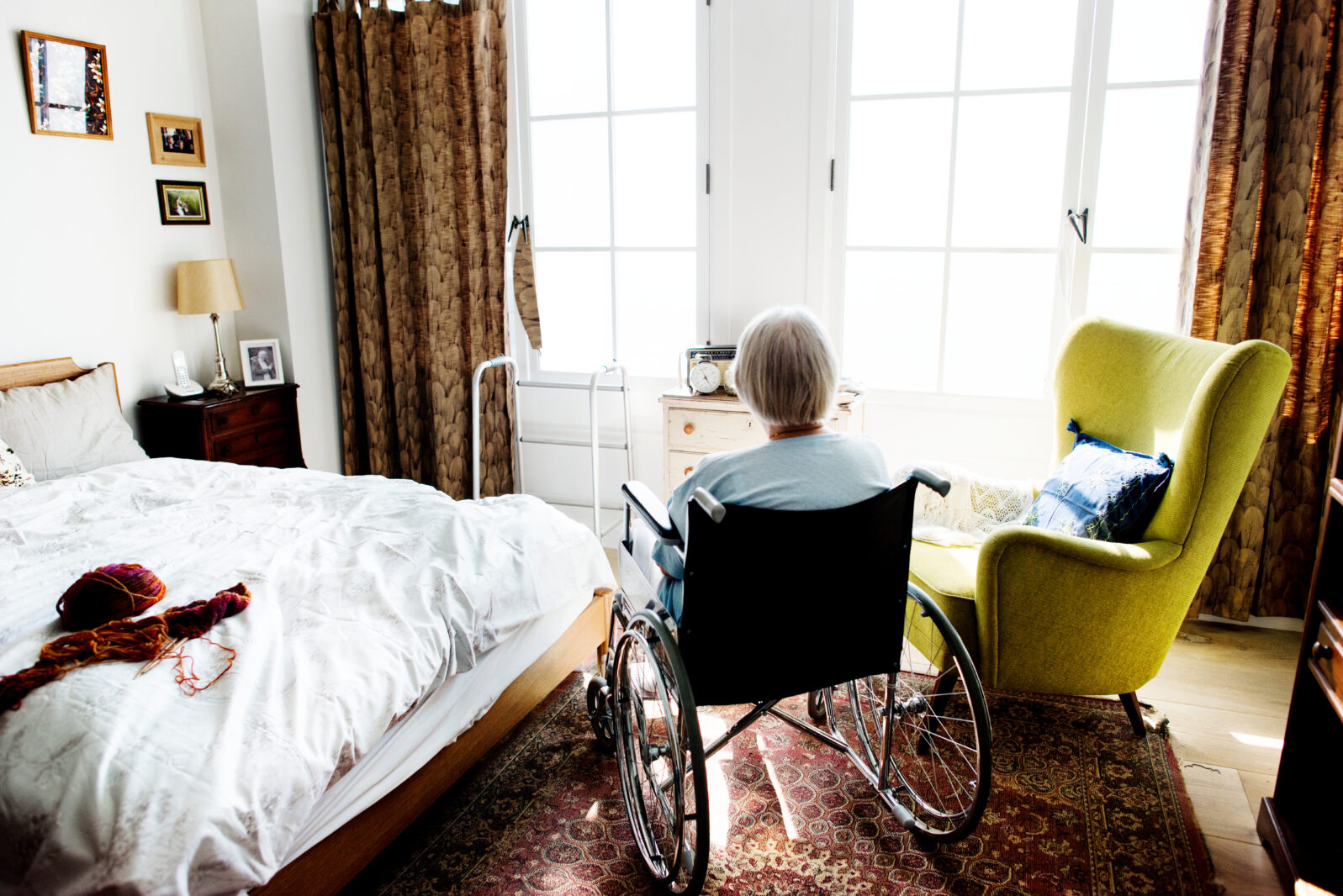Euthanasia’s Slippery Slope
Once a society embraces death as the answer to suffering, what counts as suffering never stops expanding.Once a society embraces killing as an answer to suffering, the “suffering” that qualifies for termination never stops expanding.
The Dutch have decades of experience with this. Since lethal-injection euthanasia became decriminalized — and then, formally legalized — the killable caste has expanded from the terminally ill, to the chronically ill, to people with disabilities, to babies born with serious medical conditions, to the mentally ill, etc., etc., etc. And, as a plum to society — and an inducement to be killed — euthanasia is sometimes conjoined with organ harvesting.
The normalization of medical homicide corrupts people’s thinking, which explains why huge majorities in a Dutch poll now support allowing euthanasia for a “completed life.” From the NL Times story:
Voters are much more progressive about the D66 bill to allow assisted suicide for people who feel their life is complete than the political parties themselves. A massive 80 percent of voters believe that people should be able to get help in dying when they feel they’ve come to the end of their life, Trouw reports based on a Kieskompas poll of almost 200,000 people.
Only 10 percent of respondents disagreed with the statement that people who consider their lives complete should be able to end their lives with professional help. The other 10 percent of voters had no opinion on the matter.
The first focus of this idea are the elderly:
The bill would allow people over 75 to decide when to die with professional help if they feel they’ve reached the end of a completed life. Added to the bill is a six-month process in which they have to meet with an “end-of-life counselor” at least three times.
Note well that the concept of the “completed life” need not involve any physical illness, disabling condition, or psychiatric malady at all. It could include loneliness, boredom, fear of future widowhood — joint-euthanasia killings of ill spouses are allowed in the Netherlands (also Belgium and Canada), death of an adult child, you name it. In other words, “completed life” euthanasia would allow the healthy elderly to be terminated.
And why should eligibility be age-directed? Once the concept of the “completed life” is accepted, why not open the death option to younger people? Indeed, doesn’t every suicidal person believe their life is completed? In theory, there is no limiting principle.
Euthanasia corrupts public morality and the human conscience. The same progression into the culture of death will happen here if we don’t resist the siren song of “death with dignity.” It’s only logical.
Those with eyes to see, let them see.
Cross-posted at National Review.
